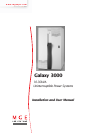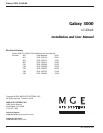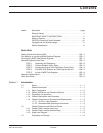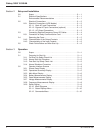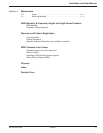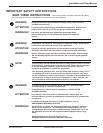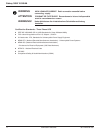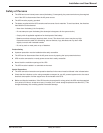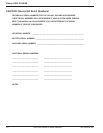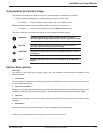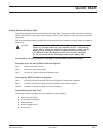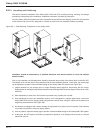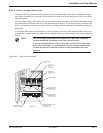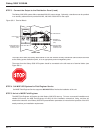
Safety of Persons
◗ The UPS has its own internal power source (the battery). Consequently, the power terminals may be energized
even if the UPS is disconnected from the AC power source.
◗ The UPS must be properly grounded.
◗ The battery supplied with the UPS contains small amounts of toxic materials. To avoid accidents, the directives
listed below must be observed:
- Never burn the battery (risk of explosion).
- Do not attempt to open the battery (the electrolyte is dangerous for the eyes and skin).
- Comply with all applicable regulations for the disposal of the battery.
- Batteries constitute a danger (electrical shock, burns). The short-circuit current may be very high.
Precautions must be taken for all handling: remove watches, rings, bracelets and any other metal
objects, use tools with insulated handles.
- Do not lay tools or metal parts on top of batteries.
Product Safety
◗ Upstream protectioin must be installed and be easily accessible.
◗ The UPS can be disconnected from the AC power source by opening the input protective devices.
◗ UPS must be connected to a nearby power source that is easily accessible.
◗ Never block the ventilation openings of the UPS.
◗ The UPS must be installed in a controlled environment.
Special Precautions
◗ The UPS connection instructions and operation described in the manual must be followed in the indicated order.
◗ Check that the indications on the rating nameplate correspond to your AC powered system and to the actual
electrical consumption of all the equipment to be connected to the UPS.
◗ Before and after the installation, if the UPS remains de-energized for a long period, the UPS must be energized
for a period of 24 hours, at least once every 3 months (for a normal storage temperature less than 25°C). This
charges the battery, thus avoiding possible irreversible damage.
Safety of Persons
Installation and User Manual
vii
86-172010-00 C05



